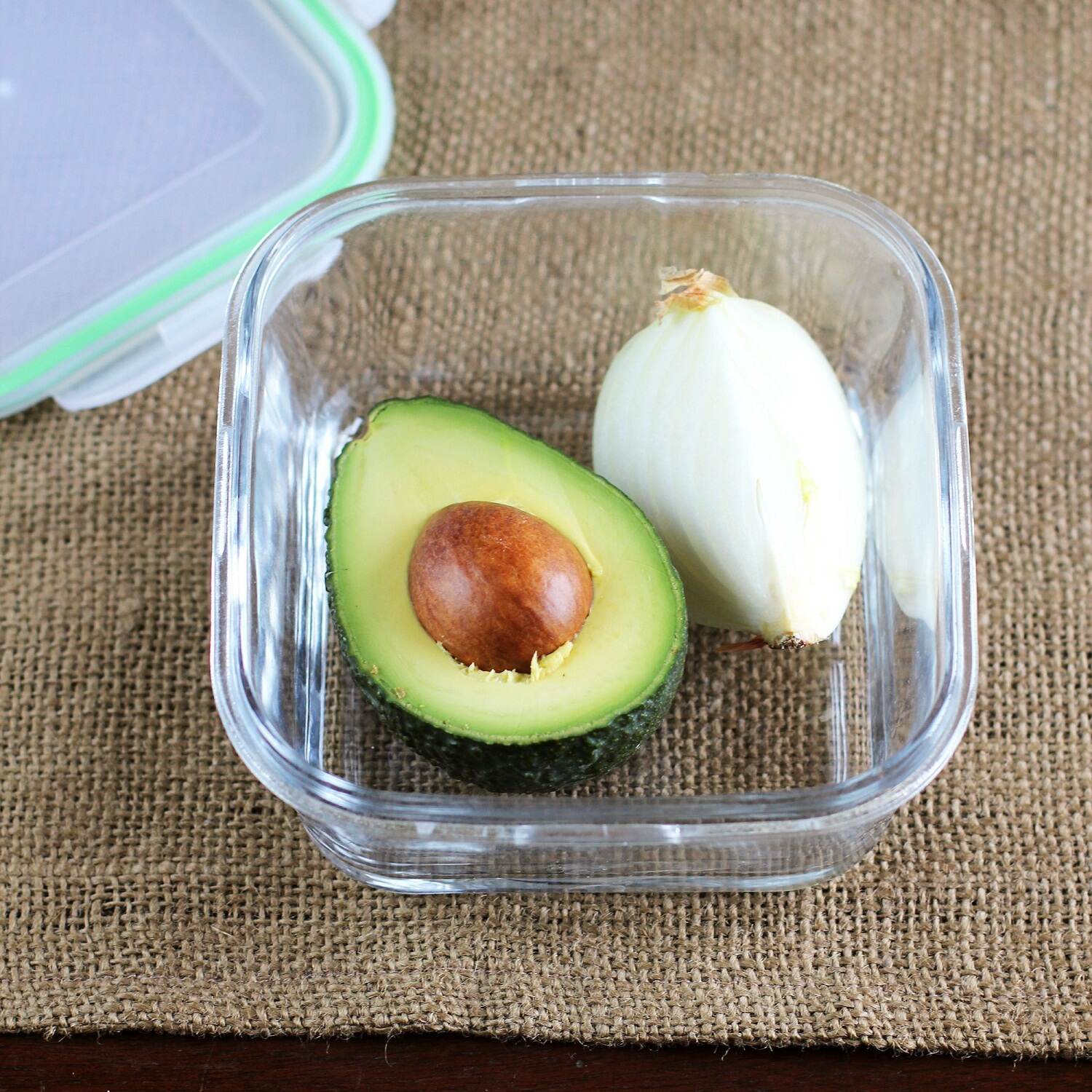

Articles
How To Store Cut Avocados
Modified: February 23, 2024
Learn the best methods for storing cut avocados and keeping them fresh for longer. Read our informative articles on avocado storage and enjoy delicious avocados anytime.
(Many of the links in this article redirect to a specific reviewed product. Your purchase of these products through affiliate links helps to generate commission for Storables.com, at no extra cost. Learn more)
Introduction
Avocado, with its creamy texture and rich flavor, has become a staple in many people’s diets. Whether you’re enjoying it in a salad, as a topping on toast, or blended into a delicious guacamole, this versatile fruit is a favorite among avocado enthusiasts.
However, sometimes you might find yourself with leftover avocados that are already cut and ready to eat. You may be wondering, can cut avocados be stored? The good news is, yes, you can store cut avocados to enjoy them later without compromising their taste and freshness.
In this article, we will explore the why and how of storing cut avocados. We will discuss the importance of properly storing avocados, provide tips to prevent browning, and explore different storage methods to help you make the most of your avocados.
So, if you’re tired of wasting half an avocado or want to prepare your avocados ahead of time for meal prepping, keep reading to discover the best ways to store cut avocados.
Key Takeaways:
- Store cut avocados to prevent waste, save money, and have them ready for quick meals. Properly select, prepare, and store to extend freshness and enjoy the creamy goodness at your convenience.
- Use refrigeration, lemon/lime juice, and airtight containers to prevent browning and extend the shelf life of cut avocados. Be mindful of spoilage signs and enjoy this versatile fruit without waste.
Read more: How To Store A Cut Avocado
Why Store Cut Avocados?
There are several reasons why you might want to store cut avocados instead of consuming them immediately. Whether you have leftovers from a meal or simply want to prep avocados in advance for convenience, storing cut avocados can be a practical and economical choice.
One of the main reasons to store cut avocados is to prevent waste. Avocados can quickly turn brown once they are cut open and exposed to air. By storing them properly, you can slow down the browning process and extend their shelf life, allowing you to enjoy them later without having to throw away any unused portions.
Another reason to store cut avocados is for meal prepping. Many people like to prepare their meals in advance to save time during busy weekdays. By cutting and storing avocados, you can have them ready to use when you’re ready to assemble your meals. This can be particularly helpful for packed lunches or quick dinners.
Furthermore, storing cut avocados allows you to have avocados on hand whenever a craving strikes. You can quickly add them to salads, sandwiches, or toast without the hassle of cutting a whole avocado every time you want to enjoy its creamy goodness.
Lastly, storing cut avocados can help you save money. Avocados can be expensive, especially if they are not in season. By properly storing cut avocados, you can potentially extend their freshness for a few days, maximizing the value and reducing the need to constantly purchase fresh avocados.
Now that you understand the benefits of storing cut avocados, let’s delve into the specifics of how to properly choose and prepare avocados for storage.
Choosing the Right Avocados
When it comes to storing cut avocados, selecting the right avocados in the first place is crucial. Here are some tips to help you choose avocados that will stay fresh and flavorful for longer:
- Look for ripe but firm avocados: Choose avocados that are slightly soft when gently squeezed, but not too mushy. If the avocado feels too hard, it is not yet ripe enough to be cut. On the other hand, if it feels overly soft or shows signs of extreme ripeness, it may not last long after being cut.
- Consider the color: The color of the avocado skin can vary depending on the variety. However, generally, you want to look for avocados with green skin, free from bruises or dark spots. A mottled or uneven skin can indicate that the avocado is overly ripe or may have started to spoil.
- Inspect the stem: Gently remove the small stem or cap at the top of the avocado. If you see green underneath, it is a good sign that the avocado is ripe and ready to be cut. If you see brown or black, it may be overripe or beginning to rot.
- Avoid avocados with severe blemishes: Avocados with deep gashes, cuts, or bruises should be avoided, as they are more likely to spoil quickly.
By selecting avocados with these qualities, you increase the chances of storing them successfully and enjoying their freshness for longer periods.
Now that you know how to choose the right avocados, let’s move on to the next step – preparing the avocados for storage.
Preparing Avocados for Storage
Before you can store cut avocados, it’s important to properly prepare them to ensure maximum freshness and minimize browning. Follow these steps to prepare avocados for storage:
- Wash the avocados: Rinse the avocados under cool running water to remove any dirt or residue on the skin. Pat them dry with a clean towel.
- Cut the avocados: Carefully cut the avocados in half lengthwise, using a sharp knife. Insert the knife into the avocado, starting at the stem end, and cut until you reach the other end. Twist the two halves apart.
- Remove the pit: Use a spoon or scoop to gently scoop out the pit from the avocado. Alternatively, you can carefully tap a knife on the pit, twist it, and lift it out.
- Slice or dice the avocado: Depending on how you plan to use the avocados later, slice or dice the flesh of the avocado while it is still in the skin. Be careful not to cut through the skin.
- Scoop out the flesh: Use a spoon to scoop out the sliced or diced avocado flesh from the skin. Try to keep the avocado intact and avoid mashing it.
Once you have prepared the avocados, you can move on to storing them in the refrigerator to maintain their freshness. Keep reading to learn about the best practices for storing cut avocados.
Storing Cut Avocados in the Refrigerator
The refrigerator is the best place to store cut avocados because the cold temperature helps slow down the oxidation process that leads to browning. Here’s how you can store cut avocados in the refrigerator:
- Wrap tightly: To prevent exposure to air, wrap each avocado half tightly with plastic wrap or place them in an airtight container. Make sure to press the plastic wrap directly onto the surface of the avocado to minimize contact with air.
- Label and date: If you are storing multiple cut avocados, it’s a good idea to label each container or plastic-wrapped avocado with the date to keep track of their freshness.
- Place in the fridge: Store the wrapped avocados in the refrigerator, preferably in the crisper drawer or a designated spot where they won’t get jostled or crushed.
By properly wrapping and refrigerating the cut avocados, you can extend their shelf life and maintain their quality for up to 2-3 days.
But remember, refrigerating avocados can cause some slight changes in texture, so it’s best to use them in dishes where they are mixed or mashed, rather than using them for garnishes or toppings that require firmness.
Now that you know how to store cut avocados in the refrigerator, let’s move on to some handy tips for preventing browning.
Store cut avocados in an airtight container with a piece of onion to prevent browning. Alternatively, cover the exposed flesh with plastic wrap, pressing it directly onto the surface of the avocado.
Read more: How To Store Cut Avocado
Tips for Preventing Browning
Browning is a natural process that occurs when avocados are exposed to air. However, there are several tips and tricks you can use to help prevent or minimize browning when storing cut avocados:
- Lemon or lime juice: The citric acid in lemon or lime juice can help slow down the browning process. Before wrapping the cut avocado halves, sprinkle them with a generous amount of lemon or lime juice.
- Coat with olive oil: Another way to prevent browning is by coating the cut avocado flesh with a thin layer of olive oil. This helps create a barrier between the avocado flesh and the air.
- Keep the pit intact: Leaving the pit in one half of the avocado can help minimize browning. Place the half with the pit in an airtight container, cut-side down.
- Tightly wrap: Ensure the plastic wrap or airtight container is tightly sealed around the avocado flesh to prevent air exposure.
- Store with other fruits: Store cut avocados with other fruits such as apples or bananas. These fruits release ethylene gas, which can help slow down the browning process.
Remember, even with these preventive measures, some browning may still occur over time. However, these tips will help you extend the freshness and appearance of your cut avocados.
Now that you’re equipped with tips for preventing browning, let’s explore different storage methods you can use for cut avocados.
Using Different Storage Methods
While refrigeration is the preferred method for storing cut avocados, there are a few alternative storage methods you can consider:
- Keeping the pit intact: Instead of removing the pit, you can leave it in one half of the avocado and store it in an airtight container or wrap it tightly with plastic wrap. The pit can help slow down the browning process.
- Using an airtight container: Place the cut avocado halves or slices in an airtight container and drizzle them with lemon or lime juice to prevent browning. Make sure the avocados are fully submerged in the juice to minimize air exposure.
- Vacuum sealing: If you have a vacuum sealer, you can use it to vacuum seal the cut avocados. This method removes the air from the storage bag, helping to keep the avocados fresh for a longer period.
- Freezing: If you want to store avocados for an extended period, you can freeze them. However, keep in mind that freezing can change the texture of avocados, making them softer and mushier. To freeze avocados, scoop out the flesh, mash it, and place it in an airtight container or freezer bag.
Each storage method comes with its own set of pros and cons, so choose the one that best fits your needs and preferences. Regardless of the method you choose, always label and date the containers or bags to keep track of freshness.
Now let’s move on to discussing the shelf life of cut avocados and signs of spoilage.
How Long Can Cut Avocados Be Stored?
The shelf life of cut avocados can vary depending on various factors such as ripeness, storage method, and how well they were prepared. On average, cut avocados can be stored in the refrigerator for about 2-3 days.
It’s important to note that the texture and flavor of avocados may change slightly over time, especially when refrigerated. The exposed flesh of the avocados can become softer and may darken, but this is normal and doesn’t necessarily mean the avocado is spoiled.
If you have taken proper precautions in storing your cut avocados, such as using lemon or lime juice, tightly wrapping them, or vacuum sealing, you may be able to extend their shelf life by another day or two. However, it’s always best to assess their quality and freshness before consuming.
Now, let’s discuss the signs of spoilage that you should look out for when storing cut avocados.
Signs of Spoilage
While avocados can be stored for a few days after being cut, it’s important to recognize the signs of spoilage to ensure your safety and enjoyment. Here are the common signs of spoiled cut avocados:
- Off smell: If the cut avocados emit an unpleasant odor, such as a sour or rotten smell, it’s a clear indication that they have gone bad and should be discarded.
- Mold or excessive browning: If you notice any signs of mold growth, excessive browning beyond normal oxidation, or a slimy texture on the surface of the avocado flesh, it’s best to avoid consuming it.
- Unusual texture or taste: Spoiled avocados may have a mushy or overly soft texture. Additionally, they may taste off, with a rancid or unpleasant flavor.
- Visible signs of decay: Check for any black spots, dark patches, or significant changes in color on the avocado flesh. These are indicators of decay and should be avoided.
If you observe any of these signs, it’s recommended to err on the side of caution and discard the cut avocados. Consuming spoiled avocados could lead to foodborne illness or an unpleasant dining experience.
Remember to always trust your senses and prioritize food safety when it comes to consuming cut avocados or any other perishable food items.
Now that you’re aware of the signs of spoilage, let’s conclude our discussion on storing cut avocados.
Conclusion
Storing cut avocados can be a convenient and practical way to make the most of this delicious fruit while reducing waste. By properly selecting, preparing, and storing cut avocados, you can extend their shelf life and enjoy them at your convenience.
When choosing avocados, opt for ripe but firm ones with no blemishes or dark spots. Properly preparing the avocados involves cutting them, removing the pit, and slicing or dicing the flesh while still in the skin. Wrapping the cut avocados tightly with plastic wrap, coating them with lemon/lime juice or olive oil, and storing them in the refrigerator are all effective methods for maintaining freshness and preventing browning.
Alternative storage methods, such as leaving the pit intact, using airtight containers, vacuum sealing, or freezing, can also be considered depending on your needs. However, it’s important to note that freezing can alter the texture of avocados.
Cut avocados can typically be stored in the refrigerator for about 2-3 days, but be mindful of any changes in texture or color. Signs of spoilage, including an off smell, mold, excessive browning, unusual texture or taste, or visible signs of decay, should prompt you to discard the avocados.
In conclusion, by following these guidelines for selecting, preparing, and storing cut avocados, you can prolong their freshness, reduce waste, and always have a ready supply of avocados for your meals and snacks. So go ahead and enjoy this versatile fruit without worrying about unnecessary waste or spoilage!
Frequently Asked Questions about How To Store Cut Avocados
Was this page helpful?
At Storables.com, we guarantee accurate and reliable information. Our content, validated by Expert Board Contributors, is crafted following stringent Editorial Policies. We're committed to providing you with well-researched, expert-backed insights for all your informational needs.
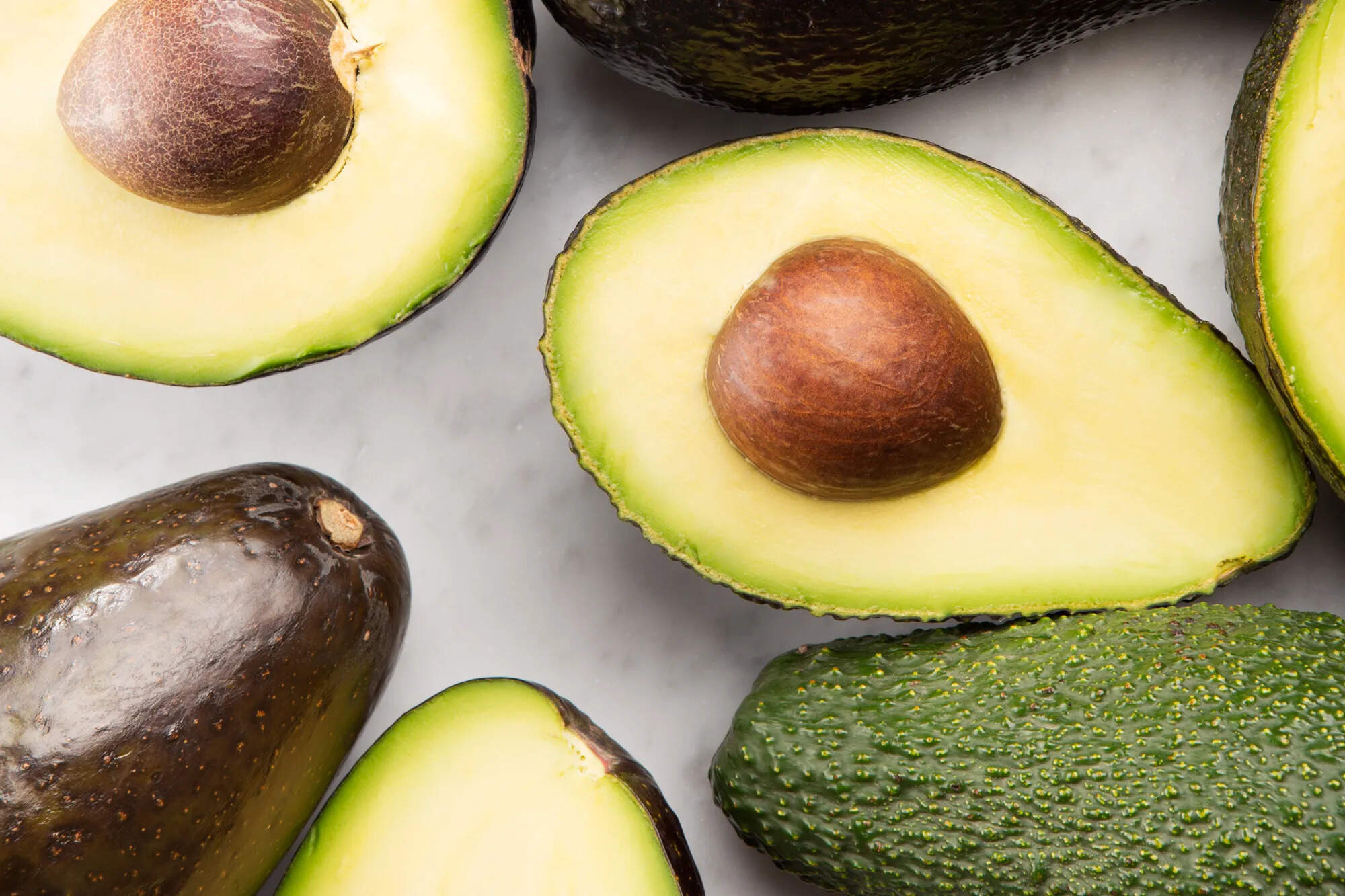
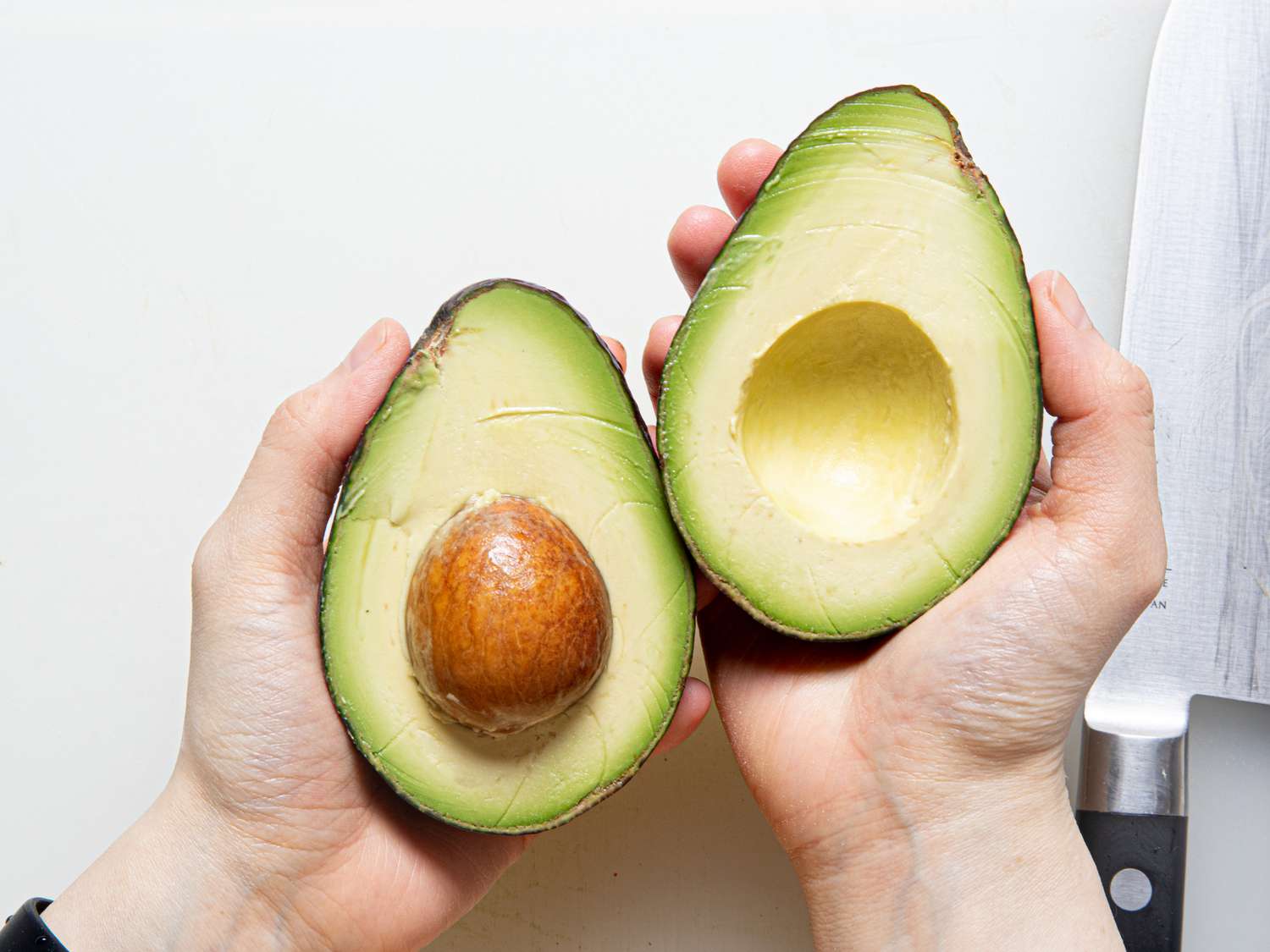
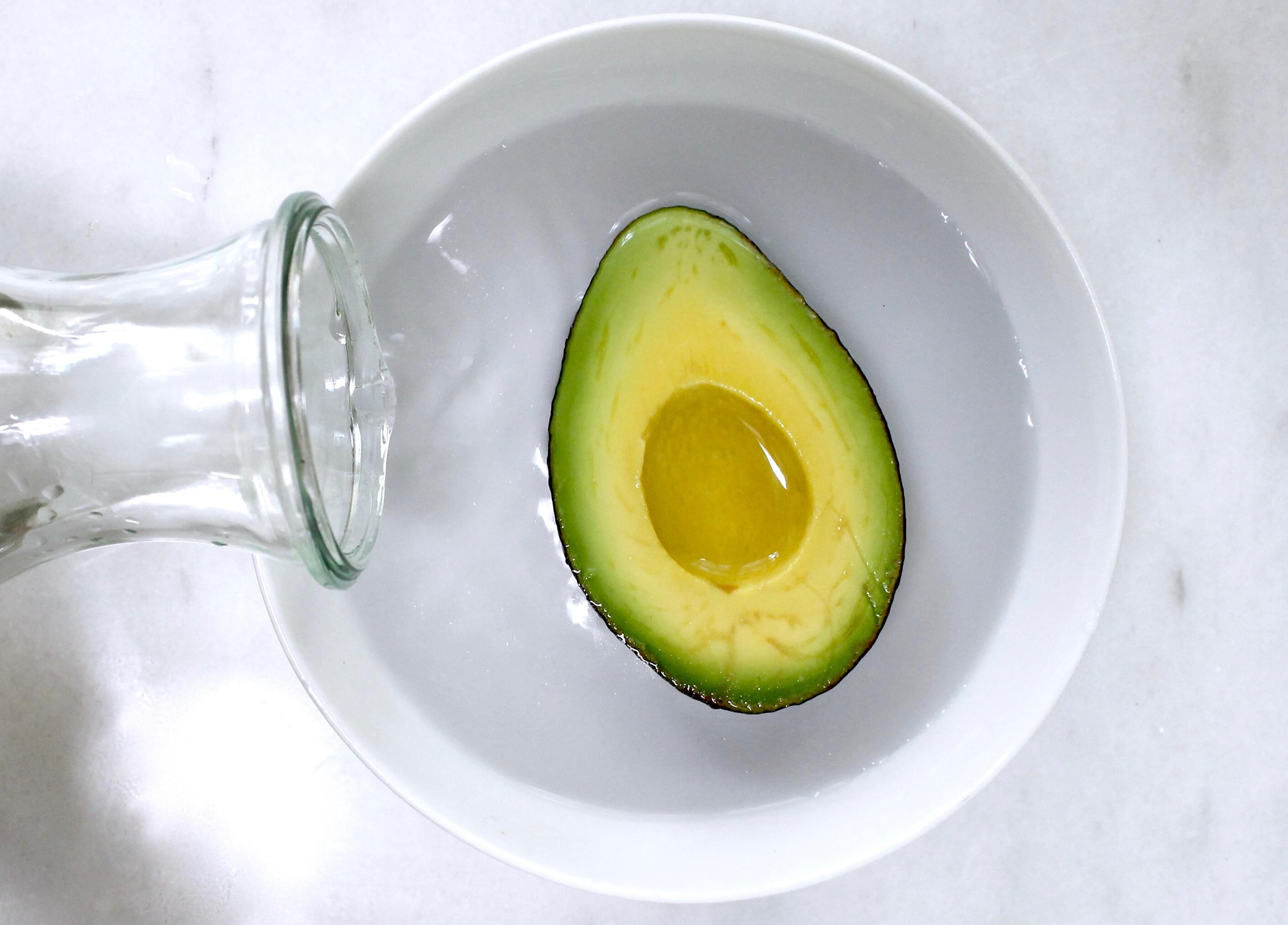
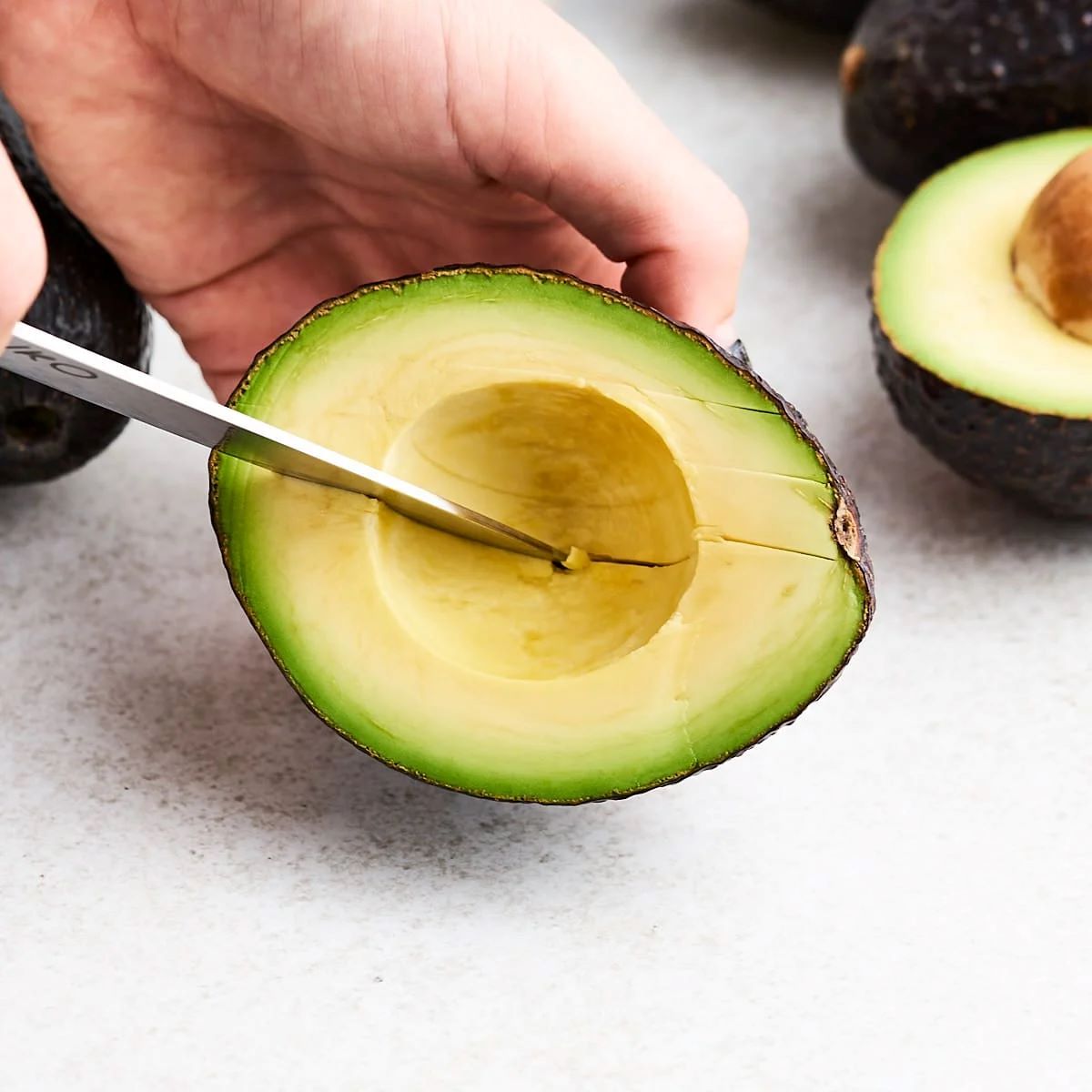
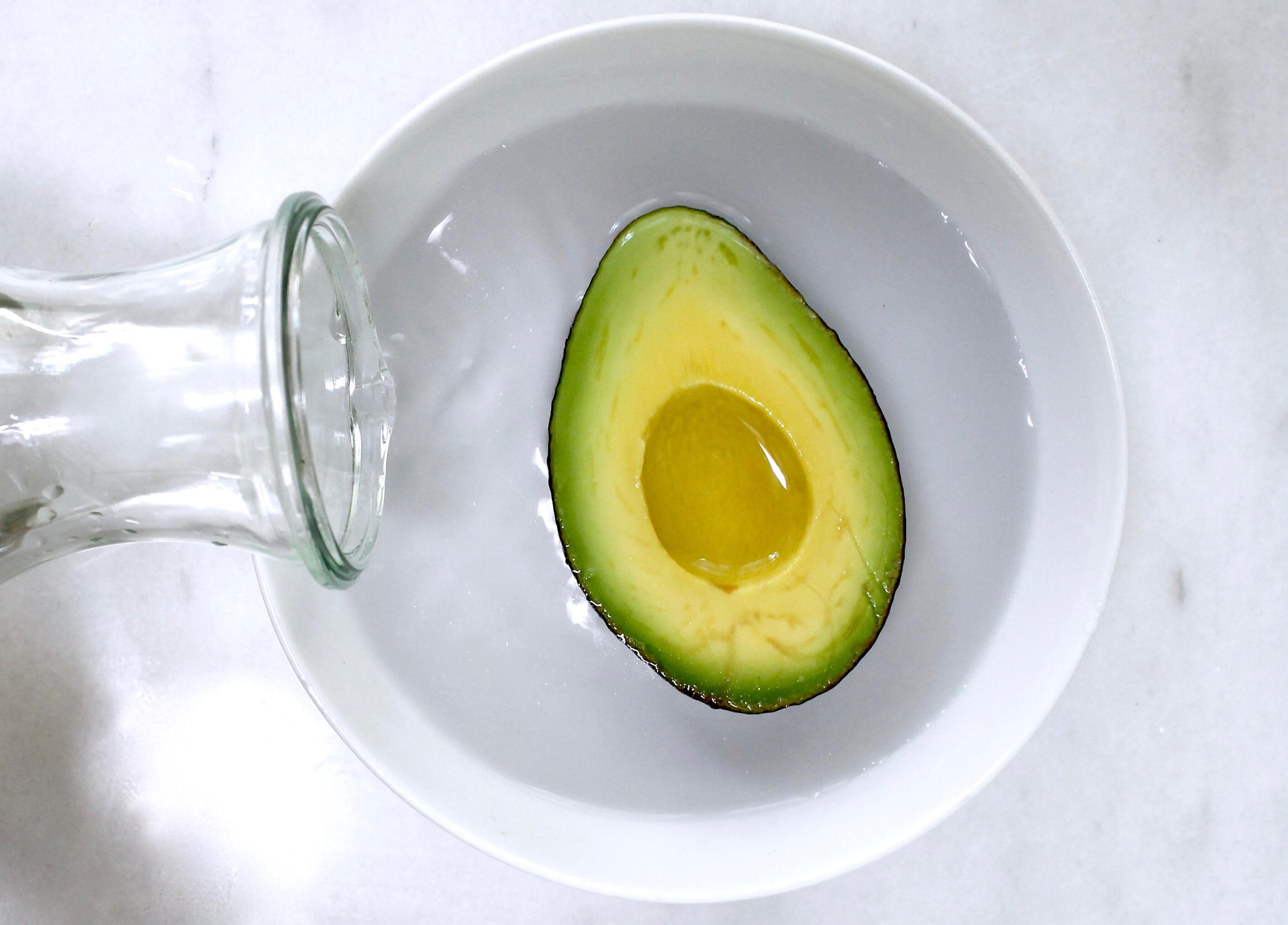
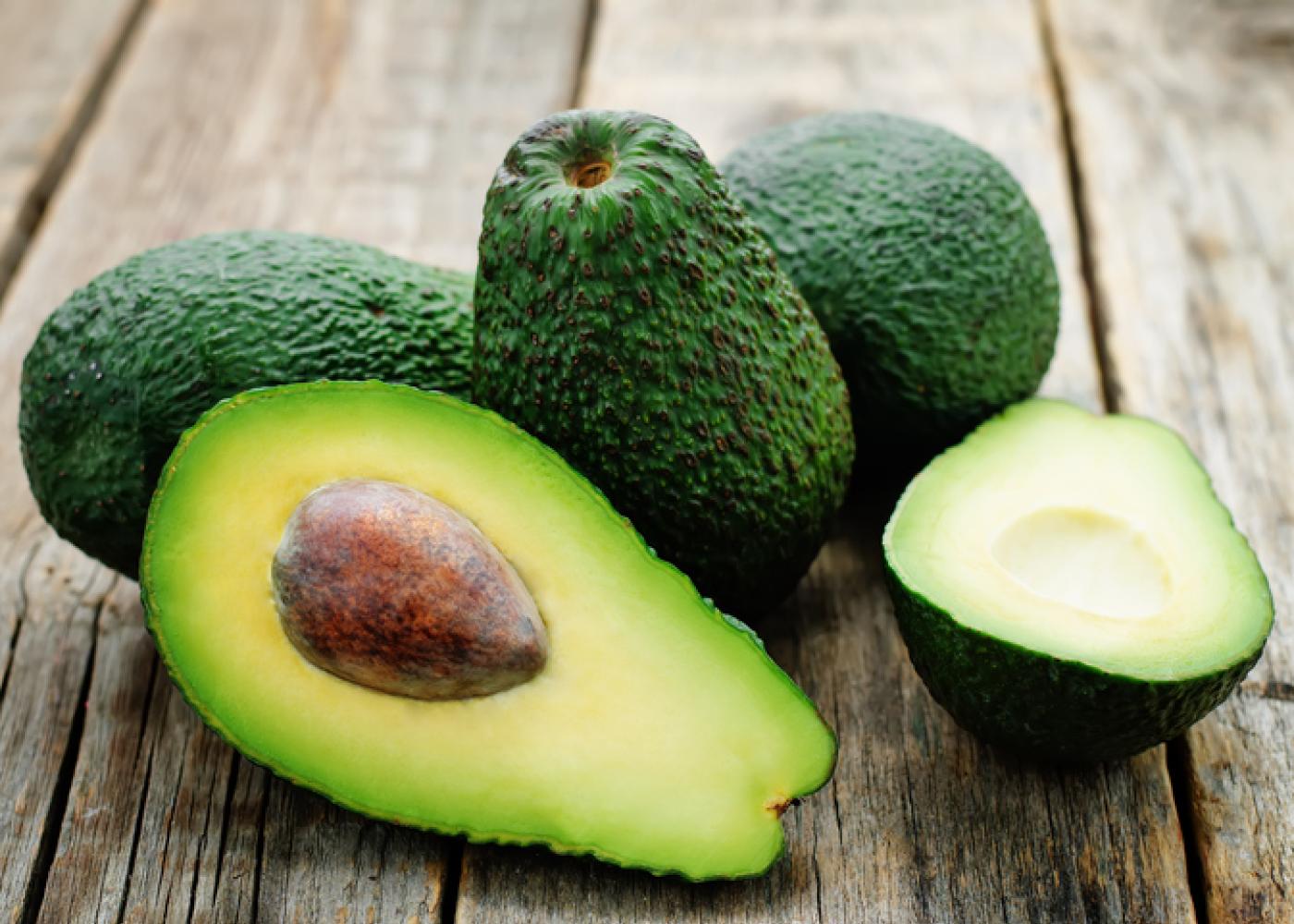
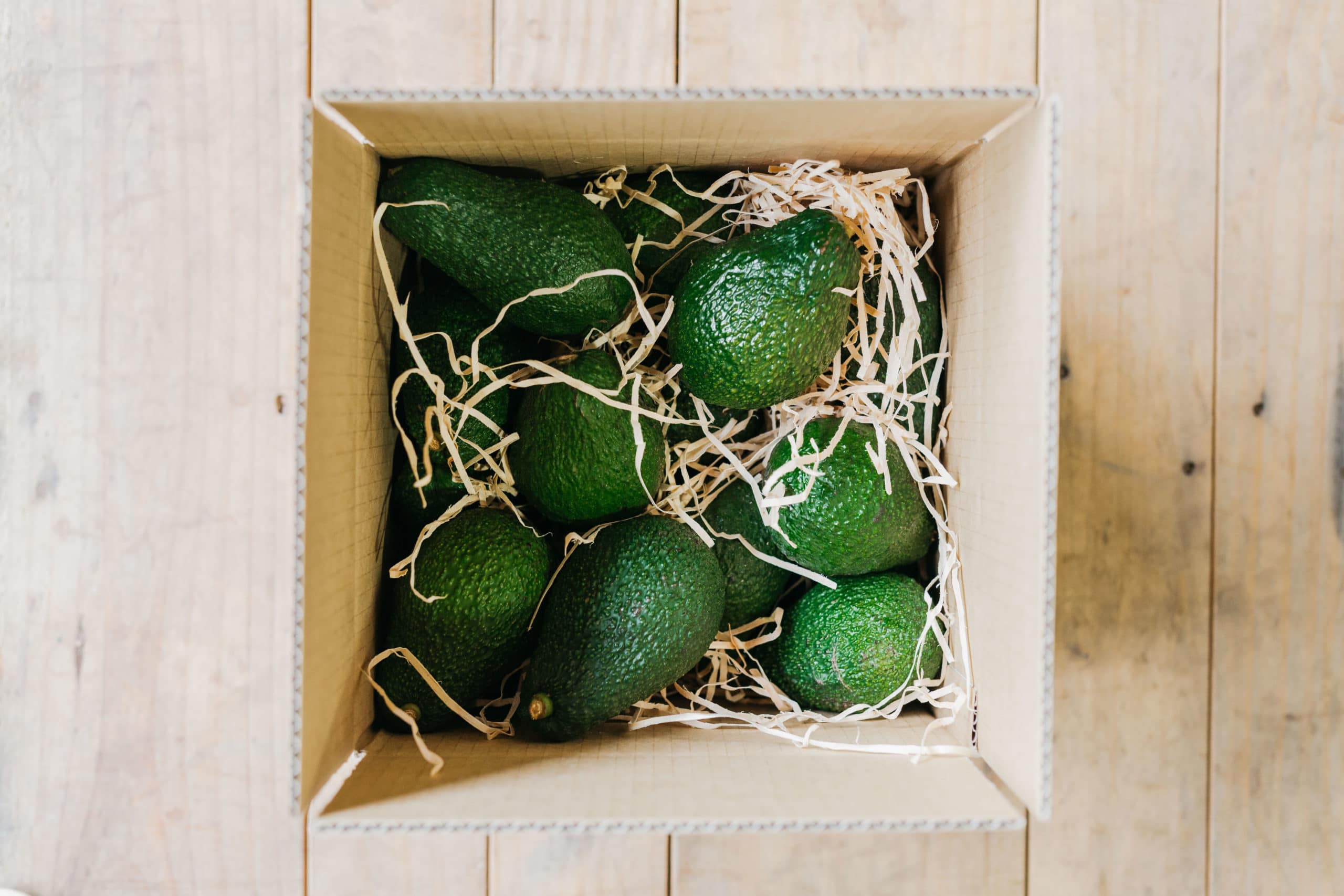
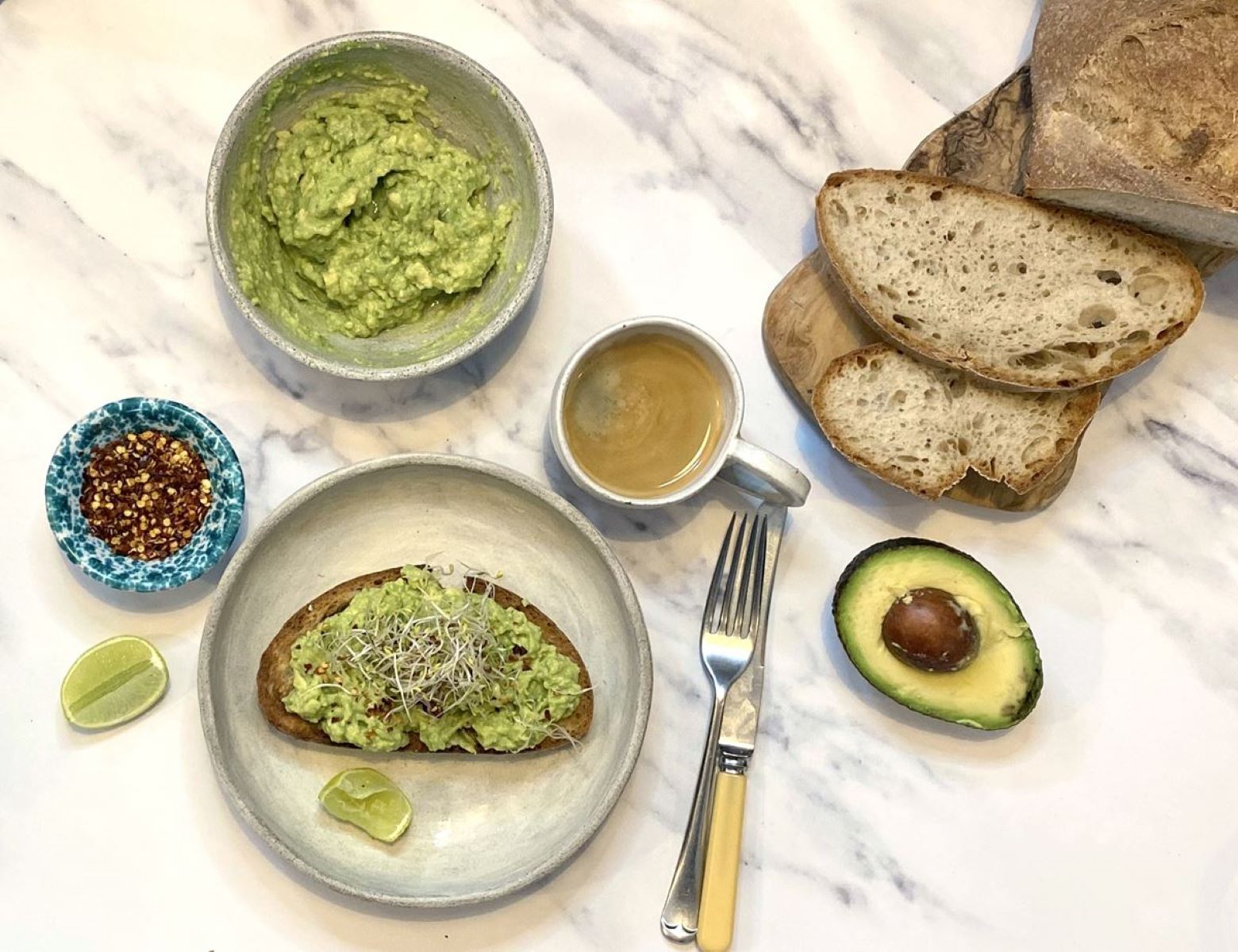
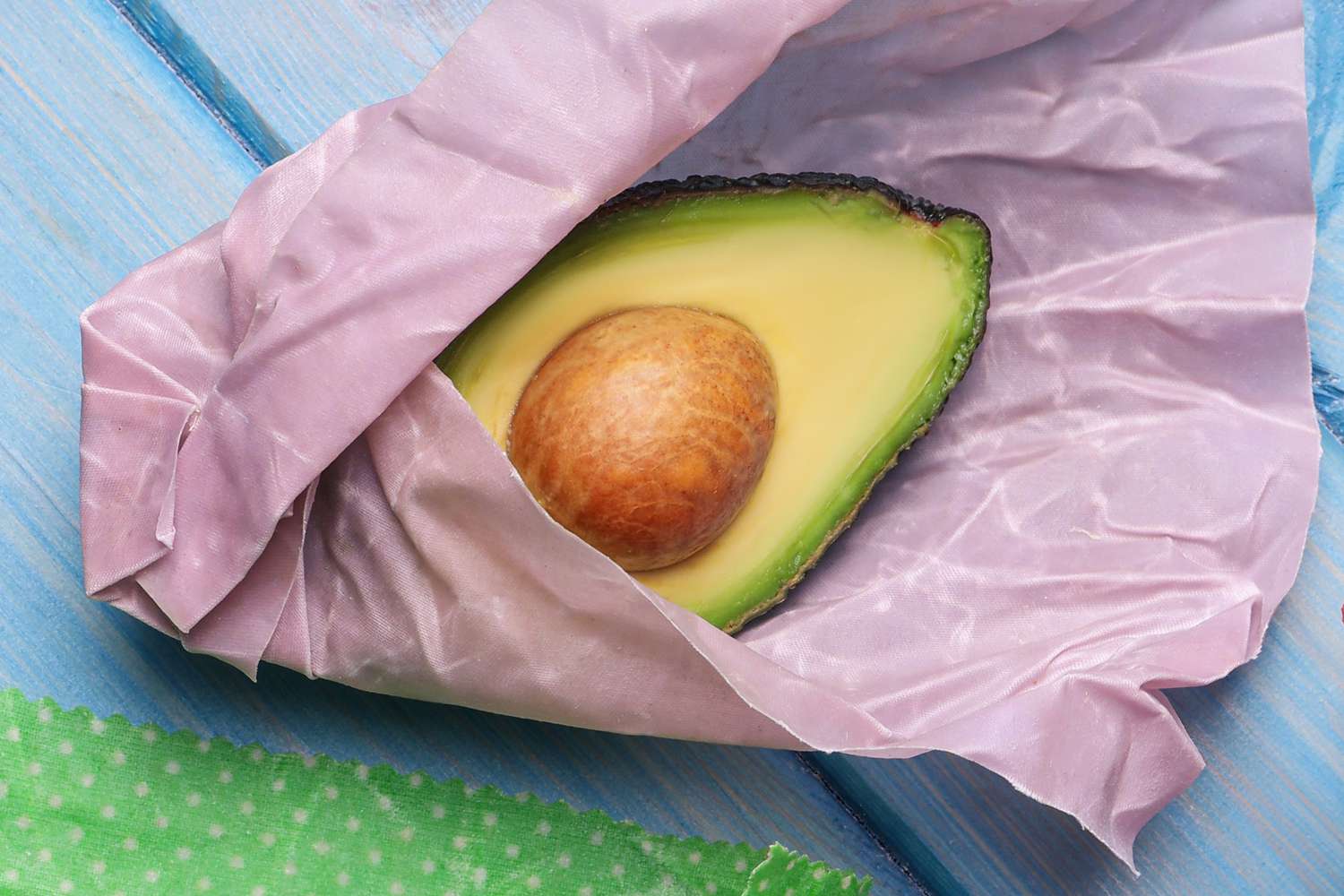
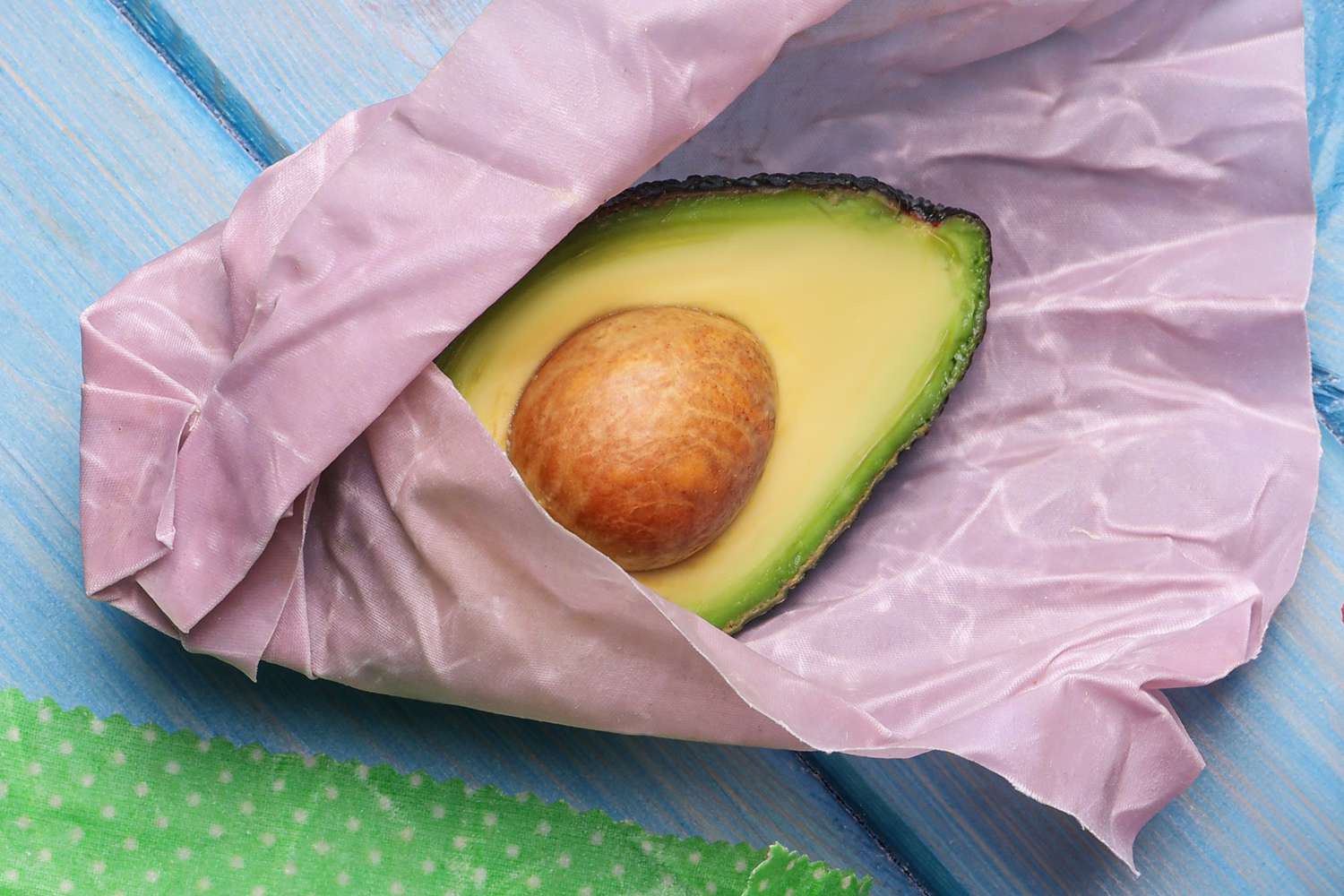
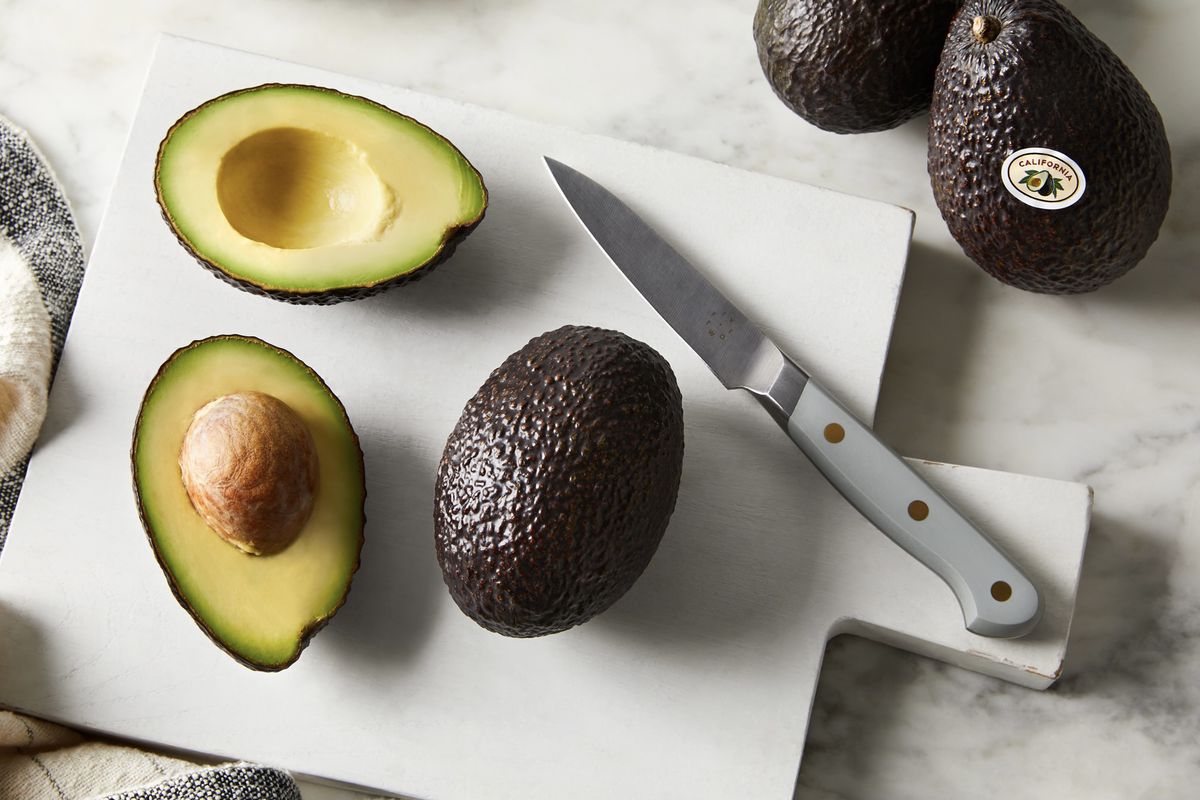
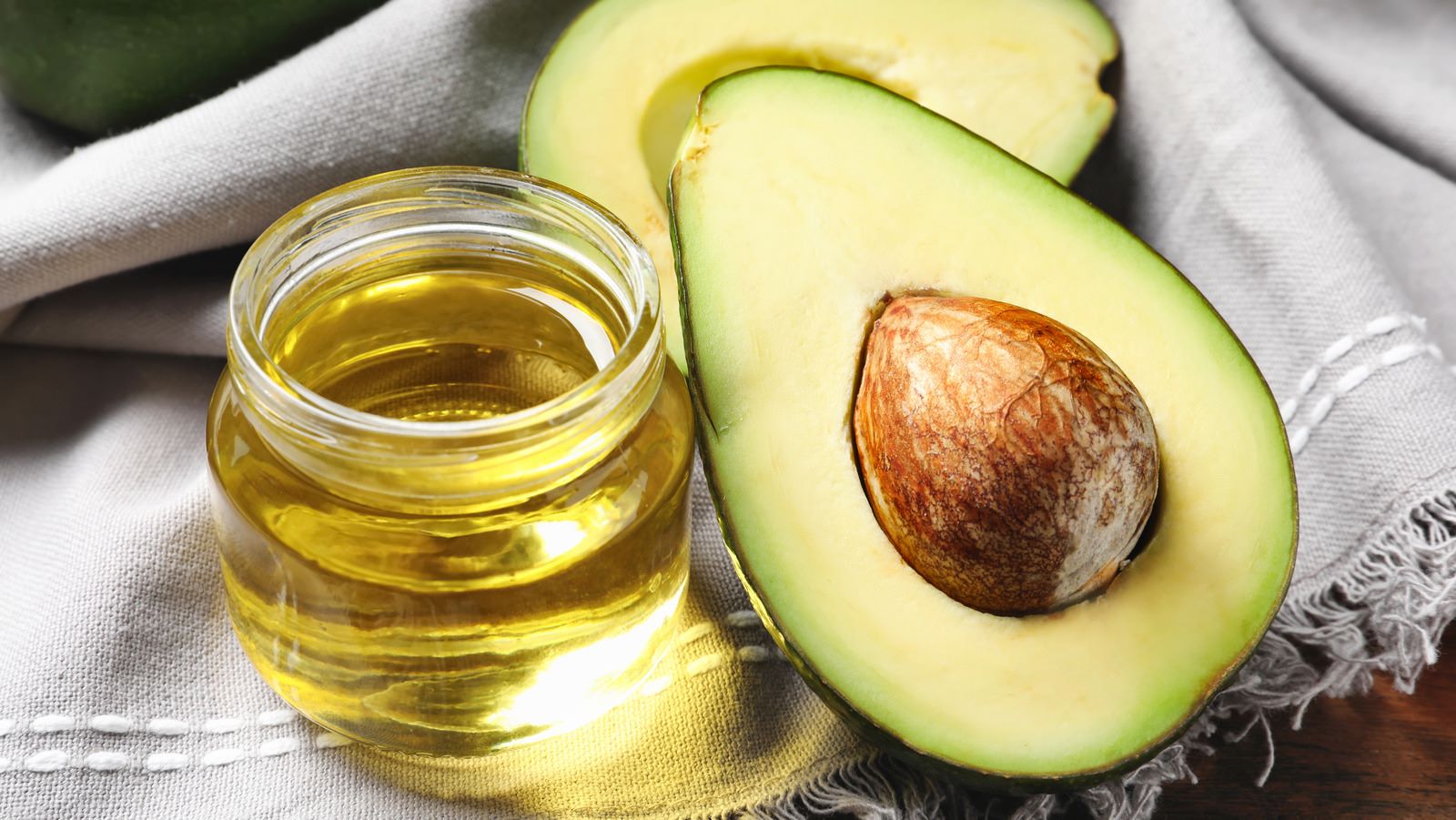
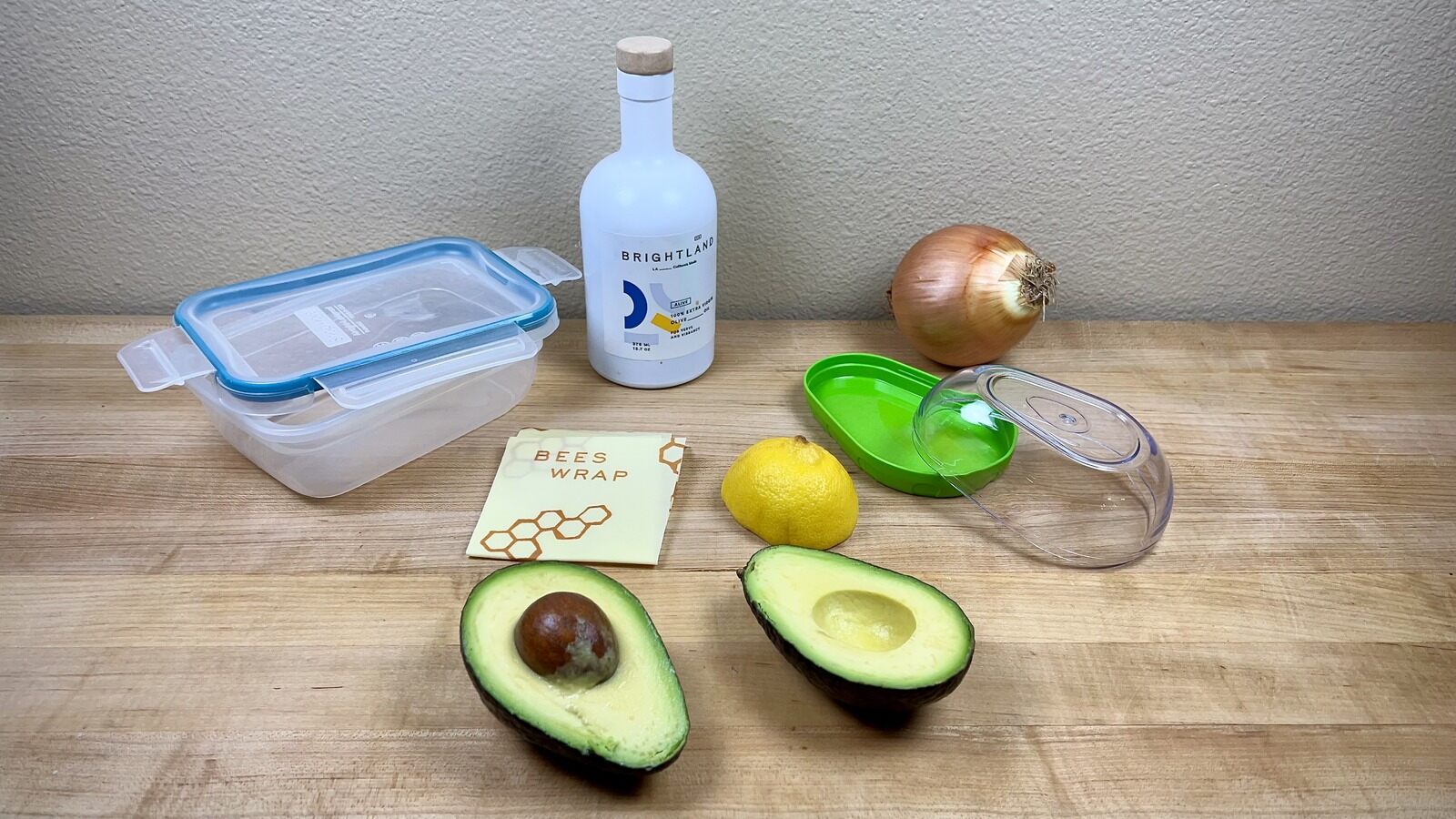

0 thoughts on “How To Store Cut Avocados”